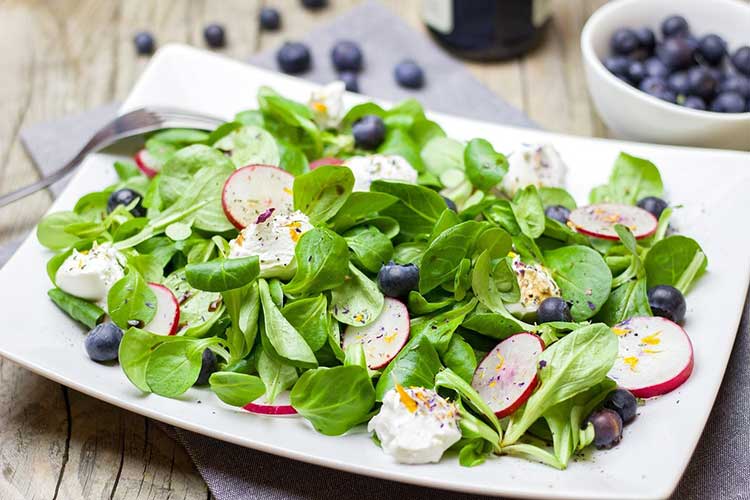Rules of bodybuilding: bulk up to build muscles or cut down to lose fat!
It’s as simple as that.
But the bulk up required for building muscles is all about keeping the fat gains to an absolute minimum and ensuring that it doesn’t creep up in areas like the belly. The stress here is on doing it the right way, so that you do not, unintentionally, gain excess body fat in the process of bulking up or lose lean muscles while cutting it out.
Basically, what you need to understand, before getting down to the body building exercise, is that your ability to gain muscles will not be hastened by consuming more foods, after a certain point in your life. Also, your body cannot build more than a few pounds of muscles in a month – whatever be your endeavour in that direction.
The biggest myth is that you can eat whatever you want when you are bulking. In fact, you should not get into any bulking regimen if you are already fat. For if you are fatter, and have higher body fat percentage, your calorie partitioning will get poorer, and, consequently, your body will start storing excess calories as fat instead of muscle. It is best to cut first and lose fat.
Muscle building phase should be ideally initiated when you are in the ‘somewhat’ lean category; this typically means 10 to 13 per cent or less of body fat. Once you reach this stage, you could start a full-scale bulking up routine, creating caloric surplus to abet your need to build new muscle. Once you determine whether you should bulk or cut first, get your diet requirements chalked out and your workout regime fixed.
Clean bulk
The objective should be to go on what is referred to as the ‘clean bulk’ diet. Keep it simple and you will not go wrong.
Nutrition
Consume enough nutrients to ensure that your body is in an optimal muscle-building state. If you don’t eat enough, you might lose muscle mass and the muscle growth might get delayed. The amount of muscles you can build is said to be dependent on your body’s capacity to synthesise new muscle tissue from the proteins. This creates a cause and effect chain: the body’s protein synthesis capacity depends on the natural testosterone levels and the testosterone to cortisol ratio, insulin sensitivity, muscle fibre makeup and also the genetics.
Your optimal intake of protein, the building blocks of muscle growth, should be one gram of protein per pound of body weight. Keep the fats constant at 25 percent of the calories and let the carbs fill the remaining calories. Protein (lean meat, fish and seafood, eggs and protein powder) is the main ingredient of muscle tissue; carbohydrates (potatoes, sweet potatoes, rice and fruits) help boost workouts and prevent muscle breakdown, and fats (avocado, nuts, seeds, oils, including olive and coconut) support hormones like testosterone that help muscles grow.
Grains like oats and wheat may not be ideal as they are difficult to digest for many and are known to cause bloating. Green vegetables are best eaten raw, but they have very low caloric value and so cannot add to your calorie intake.

Calories
Eating the right number of calories is essential. The idea should be to reach your calorie requirement – use a moderate surplus so that the fat gain is not excess. If your metabolism is fast and you tend to burn calories quickly, ensure that you have 5 to 6 calorie-rich meals a day with a gap of 2 to 3 hours, so that your body is constantly provided with something to metabolise and build muscles.
Bulking, obviously, is not about eating whatever you want. You have to make good food choices and that means eating the right calories. Get your bulk from meats, veggies, healthy fats and good starches like potatoes and rice; avoid refined oils.
Interestingly, consuming your carbs and calories at night is known to boost muscle growth in two ways, not forgetting the ease of following the diet:
• Eating good carbs, proteins and fats at night maximises your
muscle-building hormones.
• It calms your blood sugar and prevents insulin spikes and crashes; combined
with a well-designed workout, it will optimise your fat burn throughout the day.
Training
Keep your focus on building muscles. Fat-loss workouts are best left for the cutting phase. For size, focus on hypertrophy; for strength, lift heavy weights with low reps.
Assess and recheck
Check your body fat and circumference measurements every few weeks to see if you maintained the clean bulk strategy. And, accordingly, add more calories (if you lost weight or remained stagnant) or reduce (if you gained extra fat).

